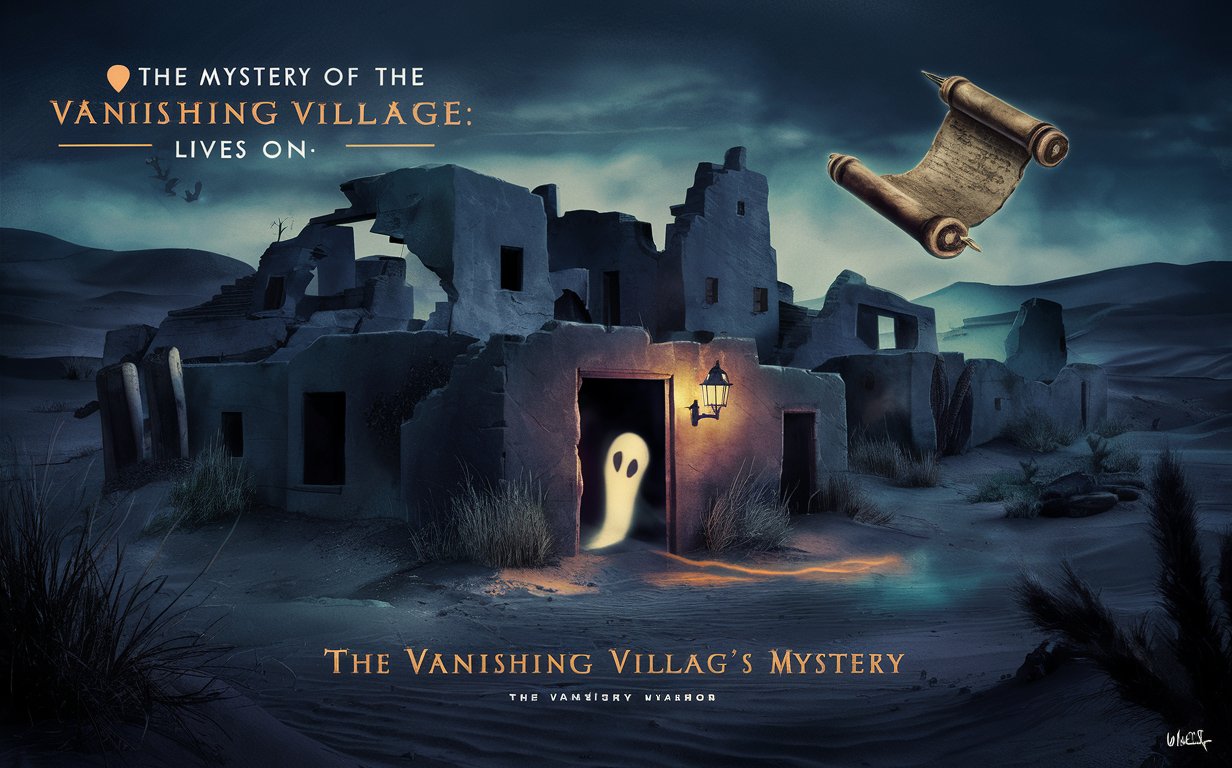The Unsolved Case of the Zodiac Killer

Introduction
The Zodiac Killer remains one of the most infamous unidentified serial killers in American history. Active during the late 1960s and early 1970s, this elusive figure taunted law enforcement and the public with cryptic letters, ciphers, and phone calls. Despite extensive investigations, the identity of the Zodiac Killer remains a mystery, leading to ongoing speculation and fascination. This article delves into the details of the case, the killer's methods, and the enduring impact on popular culture.
Background of the Zodiac Killer
The Zodiac Killer is believed to have committed at least five murders in Northern California between 1968 and 1969. The first confirmed victims, high school students Betty Lou Jensen and David Faraday, were shot on December 20, 1968, near Vallejo. The killer’s subsequent victims included Darlene Ferrin and Michael Mageau, as well as married couple Cecelia Shepard and Bryan Hartnell. Each attack was marked by chilling similarities and a clear intent to provoke fear.
The Cryptic Letters
One of the most notorious aspects of the Zodiac case is the letters the killer sent to local newspapers. In these letters, the Zodiac boasted about the murders and challenged authorities to catch him. He included cryptograms, some of which remain unsolved to this day. The most famous cipher, sent in July 1969, contained 408 symbols and took amateur and professional cryptographers weeks to decode. The message included disturbing references to his killings, further heightening public anxiety.
Investigation Efforts
Law enforcement agencies, including the San Francisco Police Department and the FBI, dedicated extensive resources to solving the Zodiac case. Numerous suspects were identified, and various leads were pursued, but none resulted in a definitive conclusion. The killer’s ability to elude capture and the nature of his communication with the media added layers of complexity to the investigation.
The Infamous Police Sketch
Witness descriptions led to the creation of composite sketches of the Zodiac Killer. The most well-known sketch depicts a man with short hair, a prominent forehead, and a distinctive appearance. These sketches circulated widely in the media, but despite numerous sightings reported over the years, the killer was never apprehended.
Theories and Suspects
Over the decades, various suspects have been proposed, ranging from local criminals to individuals with known psychological issues. Some of the more notable suspects include Arthur Leigh Allen, a convicted child molester who died in 1992, and others whose names have surfaced due to circumstantial evidence. However, none have been definitively linked to the murders.
The Zodiac’s Impact on Popular Culture
The mystery of the Zodiac Killer has had a profound impact on popular culture, inspiring numerous films, books, and documentaries. Movies like "Zodiac" (2007) directed by David Fincher have brought renewed attention to the case, while true crime enthusiasts continue to analyze the evidence and develop theories. The fascination with the Zodiac Killer highlights society's ongoing interest in unsolved mysteries and the psychology of serial killers.
Recent Developments
In recent years, advancements in forensic technology have rekindled hopes of solving the Zodiac case. Efforts to analyze DNA evidence from letters and crime scenes have been undertaken, but results remain inconclusive. Despite the passage of time, the case continues to capture the imagination of investigators and the public alike.
Conclusion
The unsolved case of the Zodiac Killer stands as one of the most perplexing mysteries in criminal history. With its combination of chilling murders, cryptic letters, and a taunting killer, the case continues to provoke interest and speculation. As advancements in forensic science evolve, there remains a glimmer of hope that one day, the identity of the Zodiac Killer may finally be revealed, bringing closure to a decades-old enigma.



Post Comment